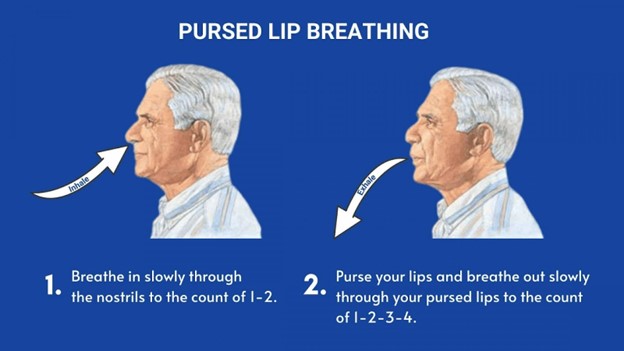A nurse on a medical-surgical unit is planning care for four clients. Which of the following tasks should the nurse delegate to an assistive personnel (AP)?
Administering a rectal suppository for a client who has postoperative constipation.
Instructing a postoperative client to use an incentive spirometer.
Measuring blood glucose using a monitor for a client who has diabetic ketoacidosis.
Using a pulse oximeter to measure oxygen saturation for a client who is ready for discharge.
The Correct Answer is D
Choice A rationale: Administering a rectal suppository is a medication administration task that should be performed by a licensed nurse, not delegated to an assistive personnel.
Choice B rationale: Instructing a client to use an incentive spirometer involves providing education and ensuring proper technique, which falls within the scope of practice of a licensed nurse.
Choice C rationale: Measuring blood glucose for a client with diabetic ketoacidosis involves monitoring a critical condition and interpreting results, which should be done by a licensed nurse.
Choice D rationale: Using a pulse oximeter to measure oxygen saturation is a simple and routine task that can be delegated to an assistive personnel for a stable client who is ready for discharge.
Nursing Test Bank
Naxlex Comprehensive Predictor Exams
Related Questions
Correct Answer is B
Explanation
Choice A rationale:
Lying down while practicing pursed-lip breathing is not the correct instruction. Pursed-lip breathing is usually performed in a sitting or standing position. Lying down can restrict lung expansion and may not effectively support the purpose of this breathing technique, which is to improve airway pressure and reduce air trapping.
Choice B rationale:
"Exhale slowly through your mouth" is the correct instruction for pursed-lip breathing. This technique involves inhaling through the nose for a count of two and exhaling slowly and steadily through pursed lips for a count of four. The goal is to promote better exhalation, prevent airway collapse, and improve oxygen exchange. The rationale behind this choice is grounded in the mechanics of pursed-lip breathing, which helps create backpressure in the airways, maintaining them open and aiding in proper exhalation.

Choice C rationale:
Inhaling through pursed lips contradicts the proper sequence of pursed-lip breathing. The technique involves inhaling through the nose and exhaling through pursed lips. Inhaling through pursed lips would not provide the intended benefits of the technique.
Choice D rationale:
"Puff your cheeks when exhaling" is not the correct instruction. Puffing the cheeks during exhalation does not contribute to the effectiveness of pursed-lip breathing. This action could potentially impede proper exhalation and defeat the purpose of the technique, which is to control airflow and improve breathing efficiency.
Correct Answer is A
Explanation
Choice A rationale:
Providing oral replacement solution is the nurse's priority in this situation. Diarrhea can lead to dehydration and electrolyte imbalances due to fluid loss. Oral rehydration solutions contain electrolytes and fluids that can help restore the body's hydration balance. Ensuring the client's adequate fluid intake takes precedence in preventing complications associated with diarrhea.
Choice B rationale:
Obtaining a prescription for antidiarrheal medication is important, but it is not the priority action. The client's dehydration and electrolyte imbalance should be addressed first through oral rehydration before focusing on symptom management.
Choice C rationale:
Offering the client a sitz bath is not the priority action for someone experiencing diarrhea. Sitz baths are typically used for conditions affecting the perineal area, such as hemorrhoids or perineal discomfort. However, in the case of diarrhea, the primary concern is managing fluid and electrolyte balance.
Choice D rationale:
Collecting a specimen of the client's stool is important for diagnostic purposes, but it is not the immediate priority. The client's hydration status and electrolyte balance should be addressed promptly to prevent complications. Stool collection can be considered once the client's hydration has been stabilized.
Whether you are a student looking to ace your exams or a practicing nurse seeking to enhance your expertise , our nursing education contents will empower you with the confidence and competence to make a difference in the lives of patients and become a respected leader in the healthcare field.
Visit Naxlex, invest in your future and unlock endless possibilities with our unparalleled nursing education contents today
Report Wrong Answer on the Current Question
Do you disagree with the answer? If yes, what is your expected answer? Explain.
Kindly be descriptive with the issue you are facing.
